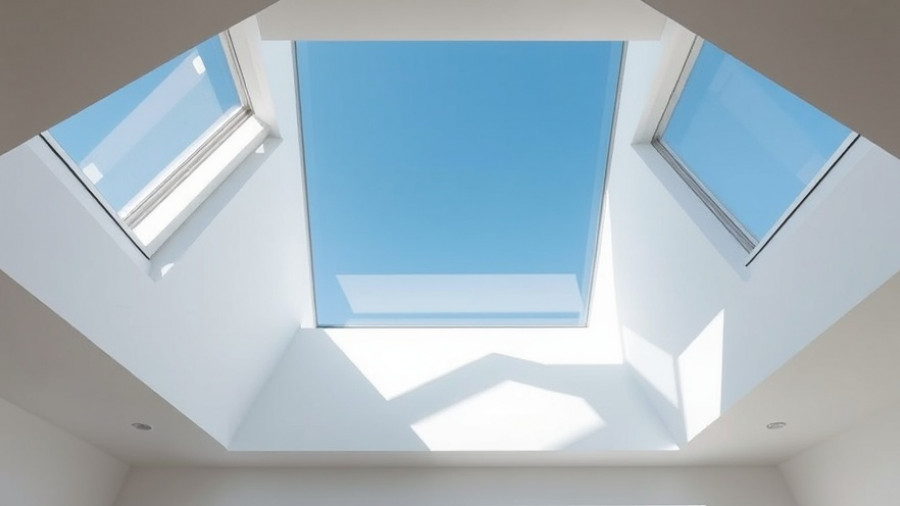
Why Insulating Your Flat Roof Matters
For many young homeowners in London, a flat roof can embody modern elegance and functional space utilization. However, the practical challenges it presents during extreme weather conditions cannot be overlooked. Studies reveal that uninsulated roofs can be the source of energy inefficiency, leading to a staggering loss of up to 25% of heat in homes. The good news? Proper insulation can not only combat this issue, but it can also enhance comfort and save money.
Understanding the Benefits of Insulating Your Flat Roof
When considering how to insulate a flat roof from the inside, it's essential to understand the extensive benefits that come with this undertaking. First and foremost, effective insulation leads to reduced energy bills. A well-insulated home requires less energy to maintain comfortable indoor temperatures, which translates into lower fuel consumption and significant cost savings over time.
Additionally, a comfortable living environment is crucial—particularly in London, where winters can be harsh. Proper insulation helps maintain stable temperatures, minimizing the impact of external weather on your indoor comfort. Moreover, it plays a pivotal role in controlling condensation, which can lead to dampness, mold, and even structural decay if not properly managed.
Improved sound insulation is another critical advantage. Living in a bustling city like London means external noise can often seep in, disrupting the peace of your home. By insulating your flat roof, you’re not only enhancing energy performance but also creating a more tranquil living space. As potential buyers become increasingly aware of energy efficiency ratings, a well-insulated home adds to your property's value—making it a smart investment.
Steps to Insulate Your Flat Roof from the Inside
Embarking on the journey of insulating your flat roof requires careful attention to detail and the right materials. Commence by assessing the current state of your roof. Check for any leaks, dampness, or structural concerns that must be addressed before proceeding. Remember, insulation shouldn't cover up existing issues.
Next, make sure to familiarize yourself with UK building regulations, particularly Part L, which sets out the thermal performance requirements. Planning the layout for insulation boards or batts is also essential—ensure accurate measurements to eliminate any gaps that could undermine your insulation efforts.
Once you've established your plan, lay down a solid sheathing layer beneath the joists. This supports the insulation and enhances structural solidity. The installation of a vapor barrier follows, effectively preventing damp air from penetrative damage to your insulation material.
Finally, the insulation itself should be tightly fitted between the joists, ensuring no air gaps remain. Always opt for insulation materials that meet local regulations to guarantee maximum effectiveness and compliance.
Final Thoughts: The Bigger Picture
As you consider insulating your flat roof, it's essential to remember the broader implications. Climate change necessitates that we all strive for energy efficiency in our homes. By insulating your flat roof, you’re making a positive contribution to the environment, reducing your carbon footprint while also enhancing your home’s comfort and value.
Additionally, as energy costs continue to rise, making your home more energy-efficient becomes a priority for financial sustainability. This isn’t just a financial investment, but a commitment to a more sustainable lifestyle.
Are you ready to take action? Your home deserves the best care! Embrace the opportunity to enhance your living space, boost your property’s value, and contribute to a more sustainable future.
 Add Row
Add Row  Add
Add 




Write A Comment